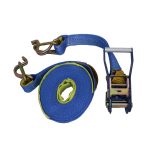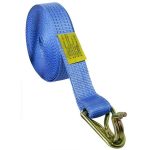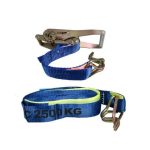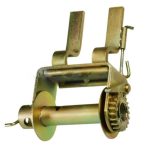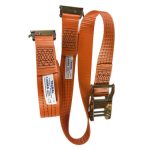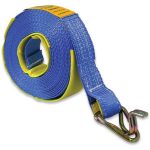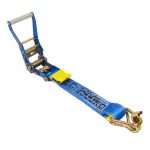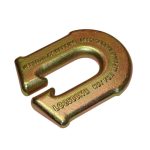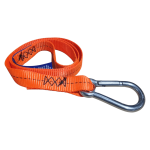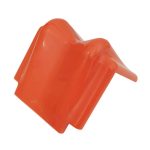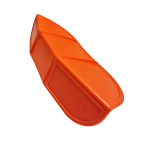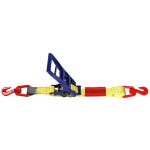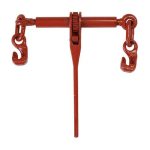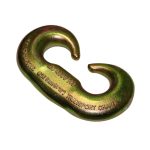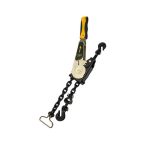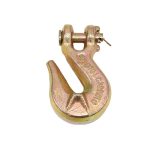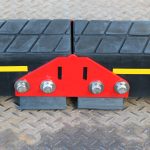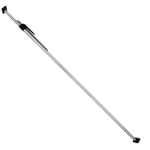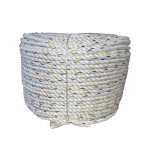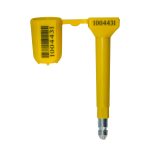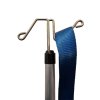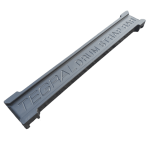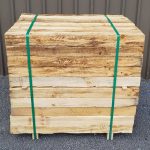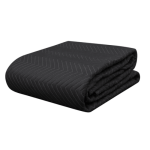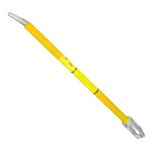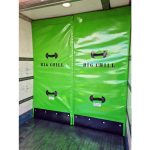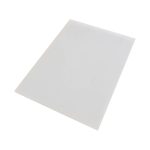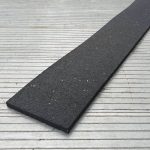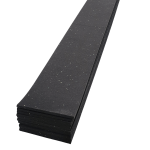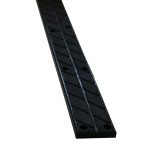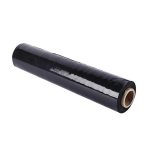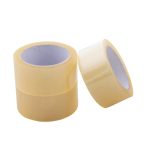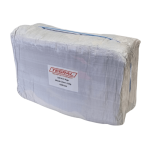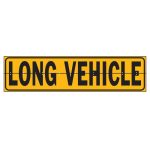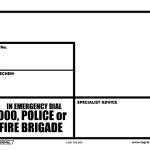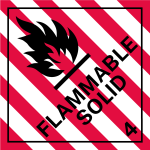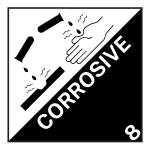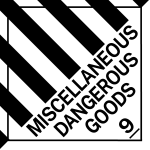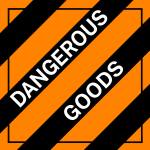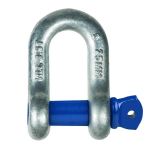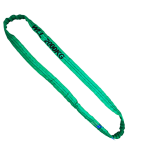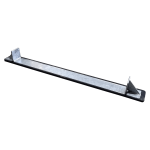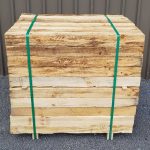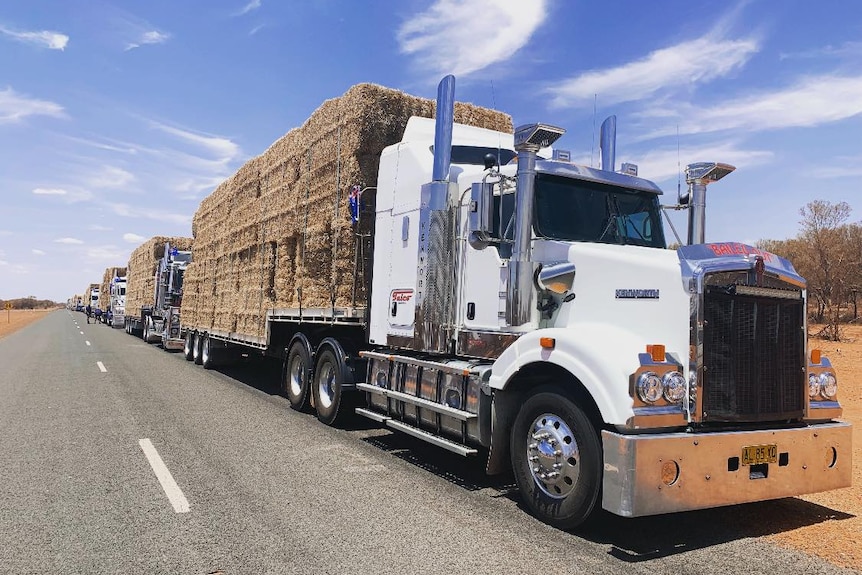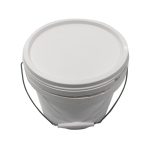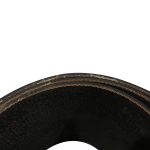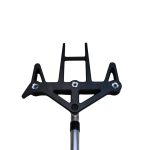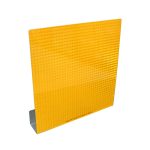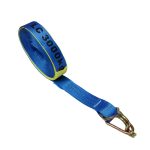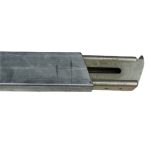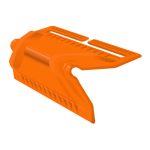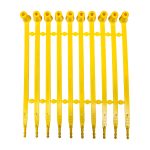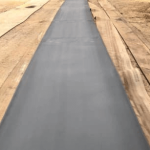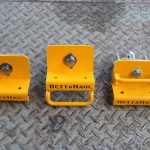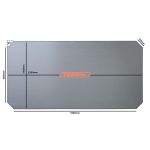The gross value of output for the Australian fodder business is about $1.3 billion. The annual output of hay varies from 5.5 to 6.4 million tonnes. A little over 34 percent, or 2.5 million tonnes, of Australia’s yearly production is sent in bale form, with 30 percent of that quantity going overseas.
The amount of hay and straw traded in Australia has significantly increased. This growth in hay transportation by road has raised awareness of the sector among the general public since large trucks carrying hay stand out on rural routes. As a result, enforcement organisations are concentrating on load restrictions and dimensions.
In Australia, States and Territories have quite different transportation laws and regulations governing the transportation of hay and straw. Carriers who must take note of and apply these changes suffer from a great deal of confusion and unneeded inefficiency as a result of the frequent crossing of State boundaries by these cargoes. Transport regulators frequently recommend removing the top layer of the bale in order to comply with the dimension’s standards of that State since the enormous bales of these loads reflect a divisible load. Loads are drastically decreased to meet this criterion, much below cargo capacity. This study is crucial because, according to the AFIA, the fodder freight duty would need an extra 40,000 trucks, or 150,000 truck trips annually, to be driven on Australia’s rural roads if there were no reform.
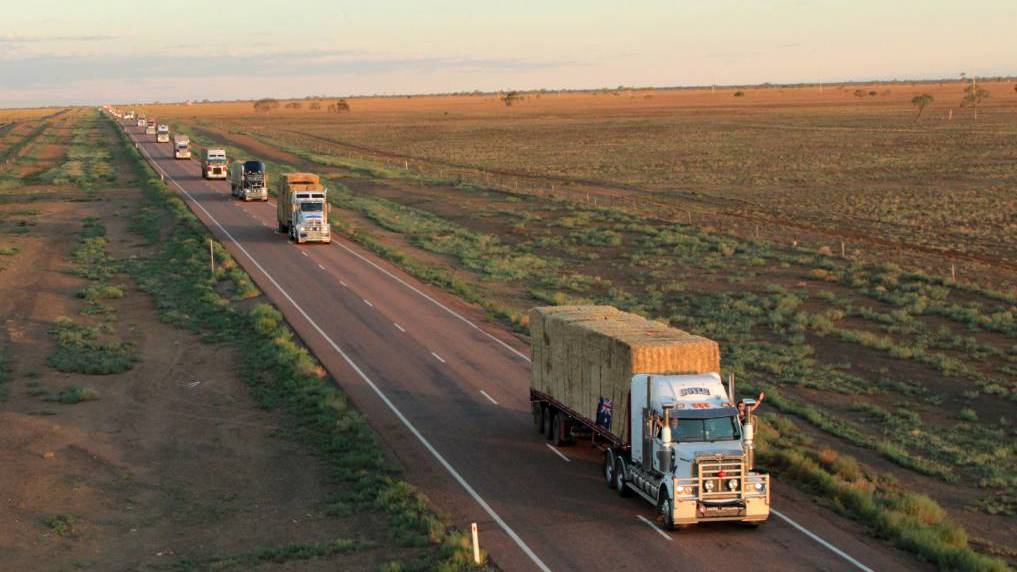
Interstate travel
Operators must comply with all applicable Notices that are relevant to the jurisdiction in which they are operating.
General dimension limits
The general dimension limits for heavy vehicles are set out in Schedule 6 of the MDL Regulation. They are:
- Width: less than or equal to 2.5m
- Height: less than or equal to 4.3m.
The Notices covering the transport of baled hay and straw provide exemptions to the above limits. The Notices do not exempt vehicles from any length limits (e.g. semitrailers cannot be loaded with baled hay so the length exceeds 19m).
You can access here the instruments relevant to the transport of baled hay and straw in New South Wales.
New South Wales
New South Wales Class 3 Baled Commodities Dimension Exemption Notice 2017
This Notice allows eligible heavy vehicles carrying baled commodities to operate up to a width of 2.7m and height of 4.6m.
Eligible vehicles
The following combination types can transport baled or rolled hay or straw under this Notice:
- Rigid vehicle
- Prime mover and semitrailer combination
- B-double
- Road train
- Truck and dog trailer combination
- Truck and pig trailer combination.
Maximum dimensions
Eligible vehicles are exempt from width and height limits in Schedule 6 of the MDL Regulation.
Table 3 summarises the dimension exemptions under this Notice for eligible vehicles.
Table 3: Dimension exemptions
| Dimension | Conditional exemption |
| Width | 2.7m* and the load on the vehicle must not project more than 100mm from the outmost part of either side of the vehicle *The following combinations are restricted to 2.6m wide: |
| Height | 4.6m |
Routes
An extensive list of routes and their associated travel restrictions, including the Limited Access Location or Zone, are located in Appendix 3 of the New South Wales Baled Commodities Dimension Exemption Operator’s Guide at: www.nhvr.gov.au/files/201808-0509-operators-guide-nsw-class-3-baled-commodities-dimension-exemption.pdf.
An eligible vehicle must also comply with the specified route and area requirements in the Notices set out in Table 4.
Vehicles operating at a height over 4.3m must also operate on the 4.6m high network.
Table 4: Approved routes
| Eligible vehicles | Approved route |
| Rigid vehicle/ prime mover and semitrailer | As outlined in the New South Wales and Queensland Class 3 Heavy Vehicle 4.6m High Loaded Semitrailer Dimension Exemption (Notice) 2014 (No. 1) and 4.6 Metre High Vehicle Notice 2013 |
| Eligible vehicles | Approved route |
| B-double | As outlined in the National Class 2 Heavy Vehicle B-double Authorisation (Notice) 2014 (No. 2) (or similar B-double authorisation) and 4.6 Metre High Vehicle Notice 2013 |
| Road train | As outlined in the National Class 2 Heavy Vehicle Road Train Authorisation (Notice) 2015 (No. 1) (or similar road train authorisation) and 4.6 Metre High Vehicle Notice 2013 |
| Rigid truck and dog trailer | As outlined in Schedule 2 of National Class 3 Truck and Dog Trailer Mass Exemption Notice 2018 (No.2) (or similar truck and dog authorisation) and 4.6 Metre High Vehicle Notice 2013 |
| Rigid truck and pig trailer | As outlined in the 4.6 Metre High Vehicle Notice 2013 Outside the NSW Urban Zone, as defined in Appendix 3 of the New South Wales Class 3 Baled Commodities Dimension Exemption Operator’s Guide available at www.nhvr. gov.au/files/201808-0509-operators-guide-nsw-class-3-baled-commodities-dimension-exemption.pdf |
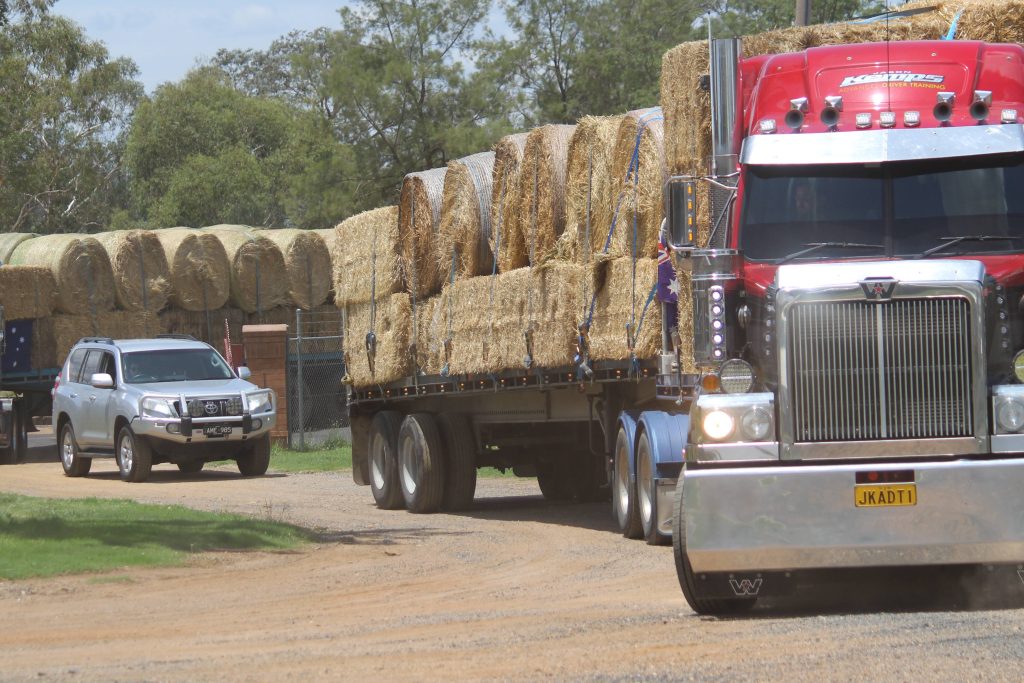
Operating conditions and warning devices
Vehicles wider than 2.6m must not travel in periods of low visibility.
An eligible vehicle must comply with the requirements of Appendix 4 Drought Travel Routes and Conditions in the New South Wales Class 3 Baled Commodities Dimension Exemption Operator’s Guide at: www.nhvr.gov.au/files/201808-0509-operators-guide-nsw-class-3-baled-commodities-dimensionexemption.pdf.
New South Wales and Queensland Class 3 Heavy Vehicle 4.6m High Loaded Semitrailer Dimension Exemption (Notice) 2014 (No. 1)
This section is for the New South Wales component of this multi-state Notice and allows eligible vehicles to operate up to a height of 4.6m.
Eligible vehicles
This Notice applies to vehicle combinations that have a semitrailer component, where the semitrailer used in that combination together with its load is higher than 4.3m but not higher than 4.6m.
This Notice does not apply to a semitrailer constructed or used to carry livestock or vehicles, or a class 1 heavy vehicle.
The following types of combinations types can transport baled or rolled hay or straw with a semitrailer up to 4.6m height:
- Prime mover and semitrailer
- B-double
- Road train.
Maximum dimensions
Eligible vehicles are exempt from Schedule 6 of the MDL Regulation. Table 7 summarises the dimension exemptions under this Notice for eligible vehicles:
Table 7: Dimension exemptions
| Dimension | Conditional exemption |
| Height | 4.6m |
Routes
An eligible vehicle must comply with the specified route and area requirements set out in Table 8.
Vehicles operating at a height over 4.3m must also operate on the 4.6m high network.
Table 8: Approved routes
| Eligible vehicles | Approved route |
| Prime mover and semitrailer | As outlined in the 4.6 Metre High Vehicle Notice 2013 |
| B-double | As outlined in the National Class 2 Heavy Vehicle B-double Authorisation (Notice) 2014 (No. 2) (or similar B-double authorisation) and 4.6 Metre High Vehicle Notice 2013 |
| Road train | As outlined in the National Class 2 heavy vehicle road train authorisation (notice) 2015 (no. 1) (or similar road train authorisation) and 4.6 Metre High Vehicle Notice 2013 |
National Class 3 Drought Assistance Dimension Exemption Notice 2018 (No.1)
Please note: This Notice expires five years after commencement.
This Notice allows eligible vehicles to operate up to a width of 2.83m and a height of 4.6m when transporting specified commodities for consumption by livestock in declared drought affected areas.
This Notice was developed to assist farmers with the transport of specific commodities to drought affected areas.
Drought affected areas
A drought affected area means an area declared as drought affected or drought declared, or similar, under a law of the relevant participating jurisdiction.
Check your state or territory government website for officially declared drought affected areas.
Access under the Notice
This Notice works by allowing a vehicle that already has access to the road network (either general access or restricted access under a Notice) to operate at wider and higher dimensions.
To use these expanded dimensions, the vehicle must comply with its normal access conditions, as well as the conditions of the drought assistance notice.
A summary of eligible vehicles and their applicable access and conditions—under both normal and Drought Notice arrangements—is provided in Table 2.
Table 2: Eligible vehicles and their applicable access and conditions
| Vehicle | Normal access and conditions | Drought Notice access and conditions |
| Rigid truck Length: up to 12.5m | General access to all roads Width: up to 2.5m Height: up to 4.3m | Access to all roads: Width: up to 2.83m* Height: up to 4.6m Conditions of the Drought Notice |
| Prime mover semitrailer Length: up to 19m Queensland Only: Rigid truck and dog trailers Length: up to 19m | General access to all roads Width: up to 2.5m Height: up to 4.3m | Access to all roads: and Width: up to 2.83m* Height: up to 4.6m Conditions of the Drought Notice |
| Class 2 B-double notice Length: up to 26m | Access to B-double networks under the National Class 2 Heavy Vehicle B-double Authorisation (Notice) 2014 (No. 2) (or similar B-double authorisation) Width: up to 2.5m Height: up to 4.3m Must comply with conditions of the B-double network and the Notice | Access to all roads under the National Class 2 Heavy Vehicle B-double Authorisation (Notice) 2014 (No. 2) (or similar B-double authorisation): and Width: up to 2.83m* Height: up to 4.6m Conditions of the drought notice and conditions of the B-double Notice that do not specifically conflict with the Drought Notice (such as width, height and road access) |
| Vehicle | Normal access and conditions | Drought Notice access and conditions |
| Class 2 Type 1 road train under notice Length: up to 36.5m | Access to Type 1 road train networks under the National Class 2 Heavy Vehicle Road Train Authorisation (Notice) 2015 (No. 1) (or similar road train authorisation) Width: up to 2.5m Height: up to 4.3m Must comply with conditions of the road train network and the Notice. | Access to all roads under the National Class 2 Heavy Vehicle Road Train Authorisation (Notice) 2015 (No. 1): and Width: up to 2.83m* Height: up to 4.6m Conditions of the Drought Notice and conditions of the road train Notice that do not specifically conflict with the Drought Notice (such as width, height and road access) |
* The load on an eligible vehicle must not project more than 165mm from the outmost part of either side of the vehicle.
Additional New South Wales exemptions
In New South Wales, broader access is available under the New South Wales Class 3 Drought Assistance Dimension Exemption Notice 2018 (No.1).
Participating road managers and approved routes
Participating road managers that have approved routes are identified in Appendix 1 of the National Class 3 Drought Relief Dimension Exemption Operators Guide located at: www.nhvr.gov.au/files/201809-0905-info-sheet-nat-class-3-drought-assistance-dimension-exemption.pdf
Participating road managers include those for all state and territory government controlled roads, as well as local government roads.
Operating conditions and warning devices
Vehicles that are over 2.6m wide must comply with the following requirements from Schedule 8 of the MDL Regulation:
- Section 2 Warning signs and flags
- Section 3 Warning lights and delineators if load projecting from vehicle
- Section 6 Headlights
- Section 8 No travelling if low visibility
- Section 9 Minimum following distance
- Section 11 Assessing routes.
More information
For more detailed information, please see the National Class 3 Drought Relief Dimension Exemption Operators Guide available at: www.nhvr.gov.au/files/201809-0905-info-sheet-nat-class-3-drought-assistance-dimension-exemption.pdf




